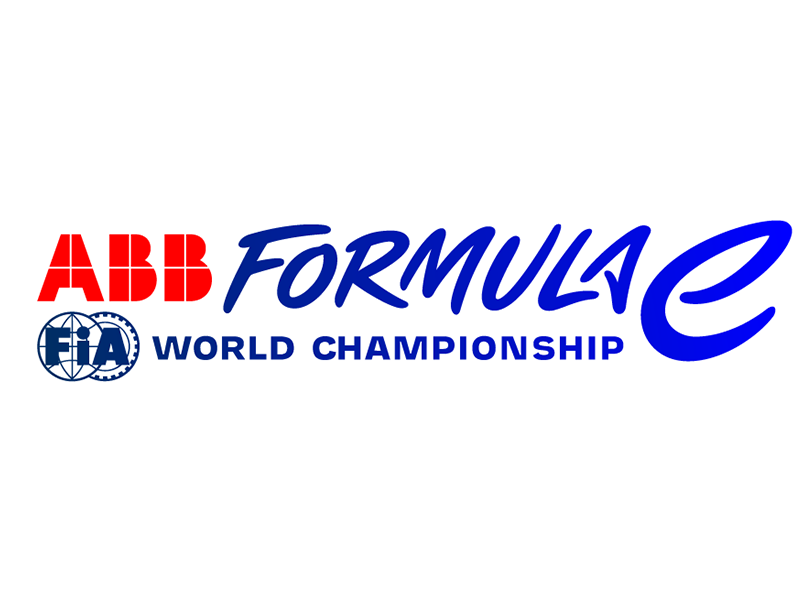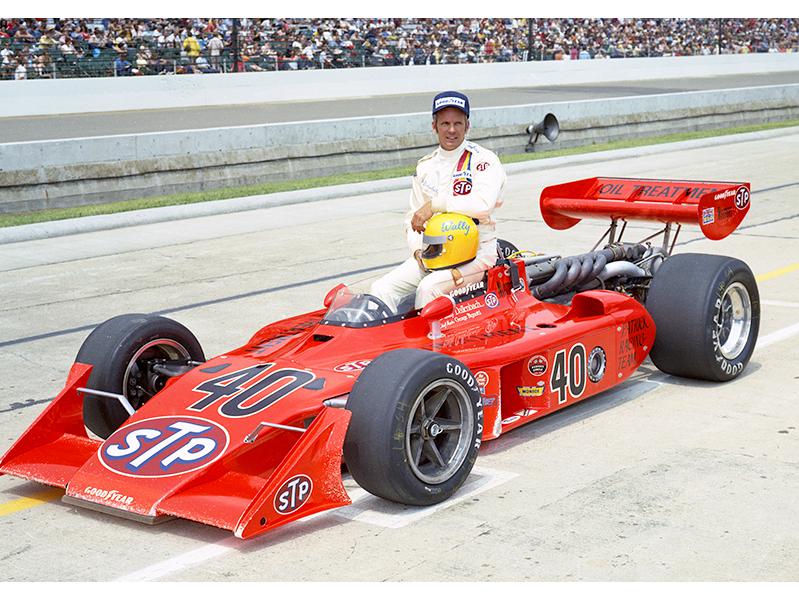Class Specifications For 2014 United SportsCar Racing Debut Taking Shape

When the first United SportsCar Racing season opens in January with the 52nd running of the Rolex 24 At Daytona, fans will be greeted by some high-speed familiarities at Daytona International Speedway, perhaps most noticeably in the production-based GT categories.
As an example, the new GT Le Mans (GTLM) class will retain all of the ALMS’ current GT class specs. An important new safety feature will be found in the cockpit of every GTLM car, as side nets around the driver’s seat will be utilized as an added measure of keeping drivers in place in the event of an incident.
The GT Daytona (GTD) class, the new home for what is now GRAND-AM’s Rolex Series GT teams, will run with adjusted performance levels to assist in cost reduction and an overall meshing with other classes. A method of restricting engine air intake will be mandatory, as will single-lug, single piece wheels. Every GTD car will carry a series-specified rear wing.
GTD may also include FIA GT3 cars with minimal modifications, providing they meet class performance targets. Overall, however, the regulations will be based on the current Rolex Series GT rules. In addition, the Rolex Series’ current GX class will be transitioned into GTD.
On to the headlining Prototype (P) class, where series officials are working overtime to balance performance between the ALMS’ P2 cars, DeltaWing and Rolex Series’ Daytona Prototypes. That work continues but there are these definite mandates:
· Cars considered P2 in origin will follow current technical specs of the ACO
· Paddle shifters and 6-speed transmissions /gearboxes allowed for all cars
· Sonic air intake restrictors for all approved engines for P2 and DP cars
And lastly, the popular and highly competitive Prototype Challenge (PC) class now competing in the ALMS will return with all current technical aspects intact.
Cars in every class except for PC will also carry series-mandated data loggers, which will be downloaded on every pit stop. Teams will be responsible for the proper operation of the data loggers.
To help delineate the classes, each car will use standardized number panels with colored backgrounds identifying each class, similar to what is being used currently in the ALMS. The panels will be backlit for night races.
Another feature is the return of a new and improved Leader Lights system, which will be required on all cars. The colored lights, which will be similar in color to the number panels, will enable fans to determine each car’s running position within its class at all times during United SportsCar Racing events.
Visit www.unitedsportscar.com for more information.
 MEMBERSHIP LOGIN
MEMBERSHIP LOGIN JOIN PRI
JOIN PRI


